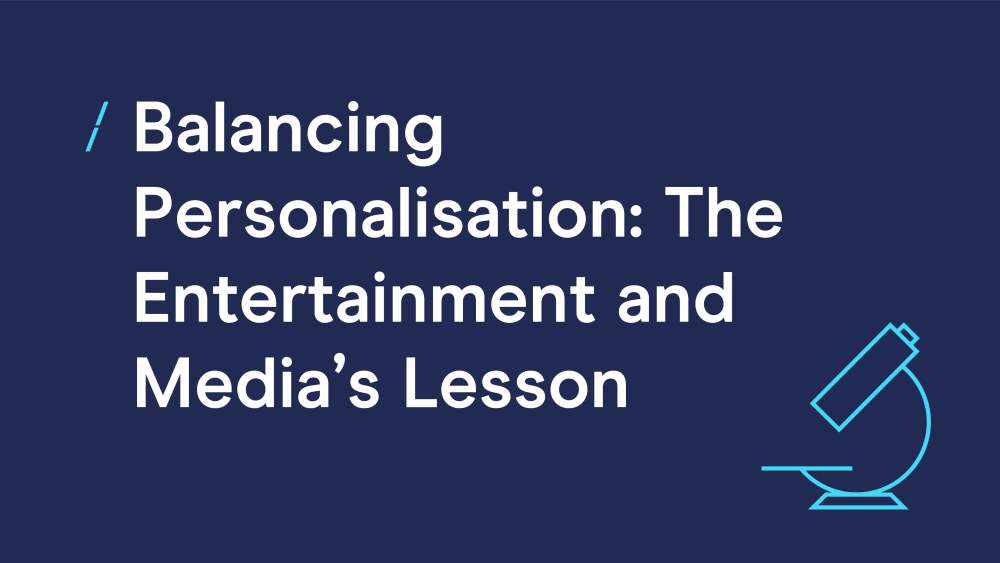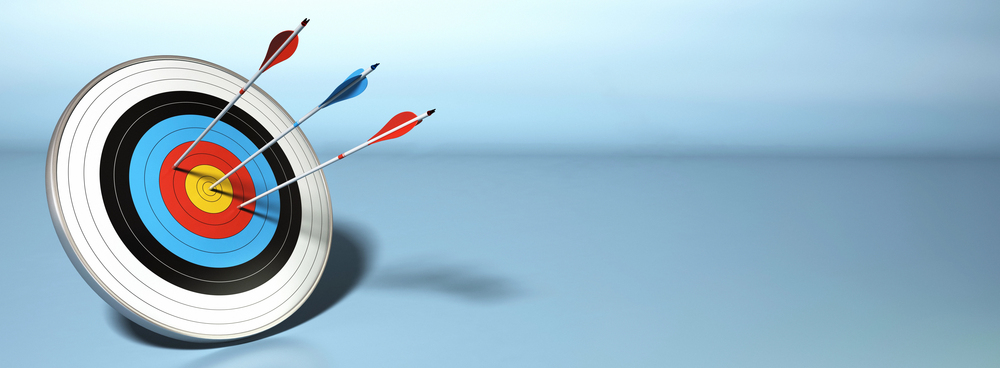Balancing Personalisation: The Entertainment and Media's Lesson
23 Oct 2019

Cables and plugs belong to the past, and what was once managed with a controller, is now accessible all through a handy smartphone.
As technology and broadband’s quality has improved, allowing more to fit in less (space and time) we’re increasingly needing a more exclusive and personalised media experience.
Data in the ‘Getting personal: Putting the Me in entertainment and media’, highlights PwC’s outlook of the Global Entertainment & Media (E&M) 2019-2023, and shows that consumers are demanding more from the industry.
Customers now desire control over how, and when, they experience media. In particular, they’re asking to be able to manage their media consumption via an expanding range of devices, and by curating their personal selection of channels via over-the-top (OTT) services.
This activity has started a steady growth – in 2018 the global E&M revenues were worth $2.1tn with a projected increase for the value of $2.6tn in 2023.
Predictions are that industry spending will keep rising faster than the overall economic growth, at a projected 4.3% CAGR (compound annual growth rate) through 2023.
One Place to Control Them All
Highly selective and voracious customers are now able to curate their media in a unique and personal way, opening up opportunities for those in the E&M industry.
As the market is constantly introducing new channels and offers, customers have started to demand solutions to address the disruption of too much choice.
Brands need to be present when the customers are considering well-analysed personal preferences, contexts and schedules.
Space: Personal vs Social
We can see how from passive experiences, customers have slowly moved towards a more active and informed consumption of E&M’s content.
Consecutively, this has brought the creation of a new type of personal space which gets continually shaped and informed by AI. Consumers now reject what they get sold by cable or satellite businesses and create their own combined OTTR services.
In this scenario, it doesn’t come as a surprise that Netflix is sitting at the very top of the favourite brands’ list among millennials for the third year in a row, with a score of 80.2 and a huge lead of 7.3 points (more information available on YouGov).
But how does this space interact with individuals’ life?
With just a quick observation of people looking at their devices on public transport, we could make the assumption (obviously not 100% applicable) that E&M consumption has become more isolated.
People wearing their headphones seem to be fully immersed in a hermetically sealed bubble.
However, the other face of the coin needs equal analysis. Indeed, thanks to personalisation, customers can share music playlists, comment on television shows via social media, and engage in a multi-user battle royale.
Furthermore, technology can be used as a surrogate of social life, alleviating the sense of loneliness for those with physical, psychologica, and contextual difficulties.
One Size Fits All Isn’t the Answer
The volume of data consumption is soaring, and the global appetite is constantly increasing - the average data consumption growth rate is 26.4% CAGR at the moment, with Nigeria being the biggest consumer with 44.9% CAGR.
One of biggest emerging trends in response to the rising consumers’ request has seen the E&M industry offering unlimited data usage.
These ‘all-you-can-eat’ models are inciting the global boom of data consumption and companies are using quantity as a basis for competition.
However, it’s fundamental that businesses understand that not all customers are willing to pay for unlimited data and content - a few brands have already started offering models that go beyond the ‘freemium’ formula tailoring benefit packages.
This includes segmenting individual markets by region or country, starting from the analysis of different regional economic circumstances and consumer habits.
For example, in less developed markets, there’s a trend towards companies offering tiers of payments for different services with affordability as the main deal maker.
In conclusion, what is the Entertainment and Media industry’s story teaching us about personalisation?
1. Get to know your customers – their needs, values and future moves
2. Discover their context – their routines and habits
3. Get the volume right – too much noise won’t work, and not enough won’t be heard




Please login to comment.
Comments